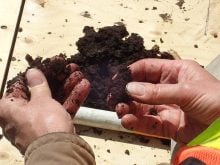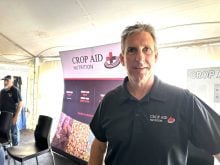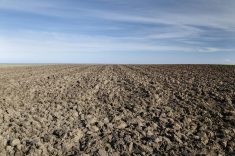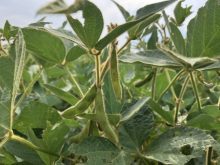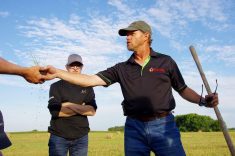An alternative approach to soil testing could help farmers combat high soil salinity.
“Soil is alive,” said Blaine Hjertaas, one of the speakers during a late 2024 soil health workshop hosted by the Assiniboine West Watershed District, with support from the ALUS Growing Roots program.
Hjertaas was joined by Michael Thiele, a fellow consultant with regenerative agriculture consultancy Understanding Ag.
Read Also
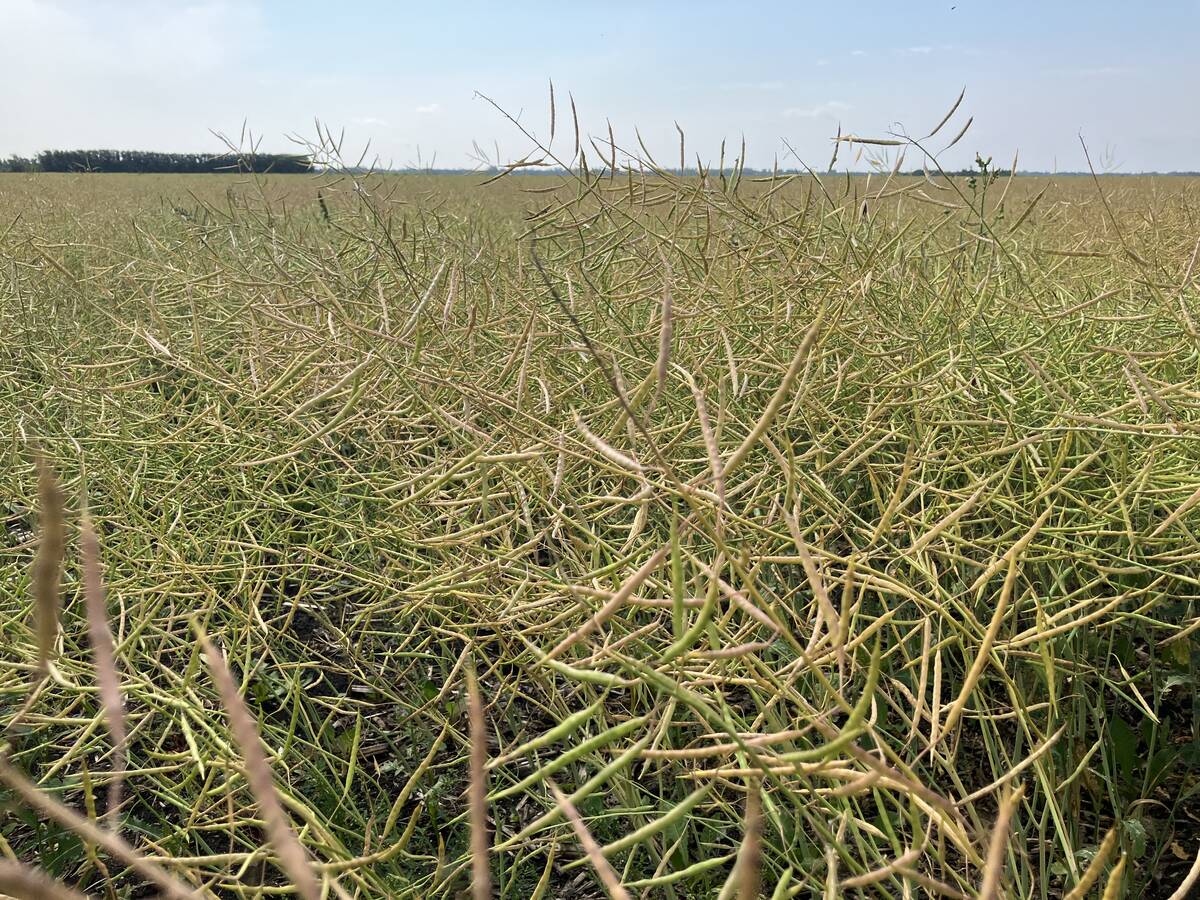
Canola trade watchful during harvest intermission
The flow of speculative money, reacting to whatever world news is available, can be expected to steer grain and oilseed futures in this stretch between Northern and Southern Hemisphere harvests, Phil Franz-Warkentin writes.
Holistic and regenerative farming champions commonly urge fellow producers to look beyond chemistry when managing their soil.
Why it matters: Soil salinity threatens agricultural productivity and long-term soil health, but innovative, nature-based solutions exist, regenerative ag advocates say.
Salinity is an battle that producers in parts of Manitoba have become well familiar with. Experts from Manitoba Agriculture have repeatedly spoken on the issue, with an emphasis on water management.
High salinity is a widespread problem in degraded soils, speakers at the recent soil health workshop said. They further pointed to nature-based solutions to help address the issue.
When it comes to salinity, they said, it’s important to keep soil covered and plants growing.
“One of the best things producers can do is to get something growing on the soil so the sun isn’t beating down on the bare ground,” Thiele said.
That echoes advice given by soil experts, who note that converting marginal, saline acres to forage can help draw down the water table, thus avoiding salts being brought up through the rooting zone.
“The whole key is getting the water (in the soil) used,” Hjertaas said.
Grazing the perennials that are helping to manage the water table would be even better, he noted. If grazing isn’t feasible, however, producers can also cut the plants for hay, ensuring the soil remains active and productive.
During their presentation, Hjertaas and Thiele pointed to the Haney soil test, designed to give more weight for overall soil health compared to strict chemistry and to measure the availability of nutrients to microbes in the soil and soil respiration. The test’s parameters also include sodium levels, organic carbon, and common macro and micro nutrients.
Farmers fighting salinity are commonly urged to avoid tillage, if possible, due to its impact on soil moisture.
Thiele, however, argued that tillage also encourages excessive bacterial activity, contributing to high pH and salinity.
“Air activates bacteria, which feed on carbon in the soil and secrete alkaline,” thus exacerbating salinity problems, he said.
Speakers also cautioned attendees that addressing salinity takes time and persistence. Results from grazing or planting perennials may not be immediately visible.
“You didn’t cause (high salinity) in one year, and you won’t fix it in one year,” Hjertaas said. “You’ve got to have a little bit of patience.”




